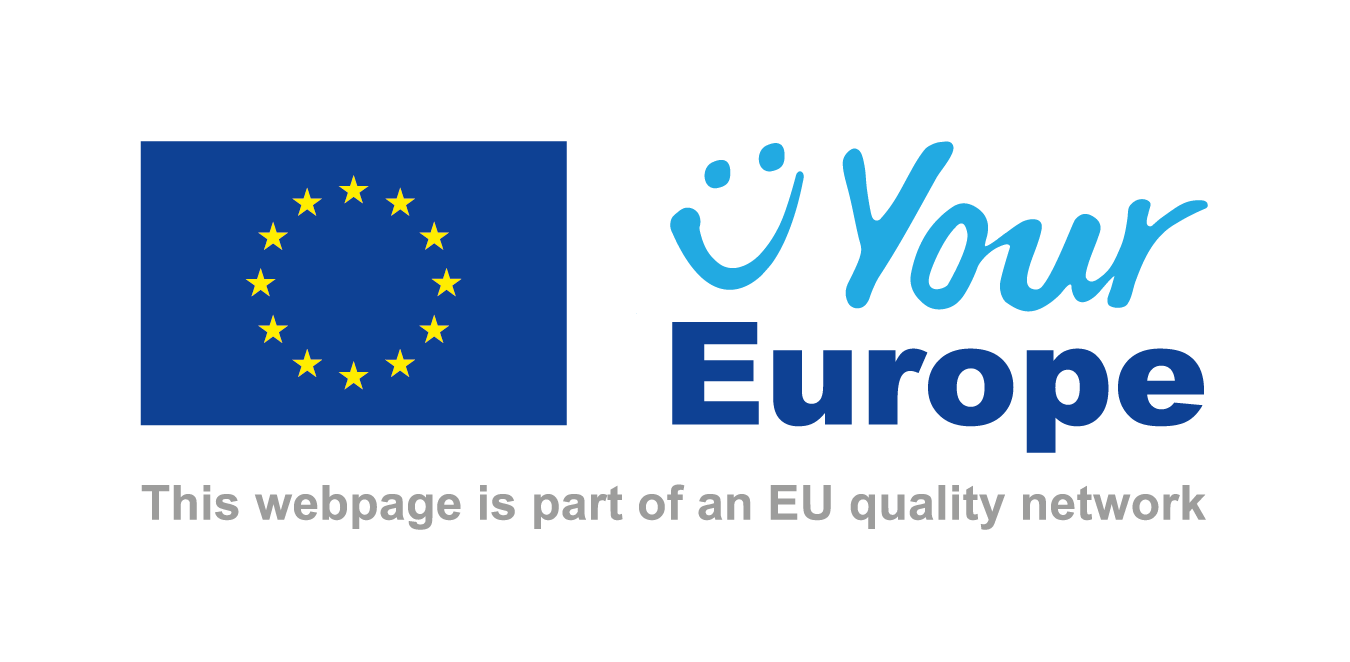Traceability of tobacco products
Unit packets of tobacco products provided to consumers in Sweden must be marked with a unique identifier to track and trace the products throughout the supply chain down to the retail level.
The traceability system became operational on 20 May 2019 and aims to combat illegal trade in tobacco products. Currently it covers cigarettes and roll-your-own tobacco produced in or imported into the European Union. From 20 May 2024, the rules applies to all tobacco products, but there are transitional provisions. In addition, to the traceability system, tobacco products must be provided with security features that will facilitate the verification of whether or not tobacco products are authentic.
Traceability marking and security features on tobacco products
Updates 2024-05-24
The tobacco traceability pages has been updated as the rules applies to all tobacco products from 20 May 2024.
Further reading
The traceability system for tobacco products
In short, the traceability system means that all economic operators, facilities and machines that are part of the supply chain of tobacco products have a unique identification code. All tobacco products have a unique identity label, also called a traceability label. The purpose of the traceability system is to combat illegal trade in tobacco products.
The traceability system for tobacco products
National ID issuer (traceability of tobacco products)
An ID issuer has a central function in the traceability system. The national ID issuer issues unique identification codes for economic operators, facilities and machines located in the country, as well as unique identity marks for tobacco products intended for the national market.
National ID issuer (traceability of tobacco products)
The traceability system – this applies to tobacco manufacturers and importers
Manufacturers and importers of tobacco products are responsible for several vital parts of the traceability system, such as marking the products with unique identifiers. Manufacturers are also responsible for providing recording equipment to all economic operators involved in the trade of tobacco products.
The traceability system – this applies to tobacco manufacturers and importers
The tobacco traceability system – this applies to wholesalers and distributors
Wholesalers and other actors (distributors) who participate in the trade in tobacco products are responsible, among other things, for recording the tobacco products sold, stored, transported or otherwise handled.
The tobacco traceability system – this applies to wholesalers and distributors
The tobacco traceability system – this applies to retailers
Retailers or retailers who sell tobacco products are responsible for having identification codes for themselves as an operator of first retail outlets as well as for their facilities, and that the information provided is correct and up-to-date.
The tobacco traceability system – this applies to retailers
Rules and regulations on tobacco traceability, traceability labels and security features
Tobacco products must be traceable, have traceability labels and security features as stated by law. Now the rules applies to cigarettes and roll-your-own tobacco. From 20 May 2024, all tobacco products will be covered, but there are transitional rules. The Public Health Authority supervises that the rules are followed.
Rules and regulations on tobacco traceability, traceability labels and security features
The ID issuer All Soft Corp gets renewed assignment
The Public Health Authority of Sweden has after a procurement process, signed a new agreement with the Slovak company All Soft Corp s.r.o. (formerly Allexis) as the role of Swedish ID issuer for traceability of tobacco products.
The new agreement enters into force on February 20, 2024 and is valid until February 2029.
About traceability and safety marking
The European Commission's website on traceability and security features is regularly updated with important information for the stakeholders. The Commission has compiled a document containing extracts from the summaries (in English) of the meetings of the Traceability and Security Features Subgroup (from February 2018 until November 2021) and questions and answers on traceability and security features. Summaries from subsequent Subgroup meetings are also published on the website.
- Systems for tobacco traceability and security features (health.ec.europa.eu)
- Compilation of questions and answers and expert subgroup discussions concerning the EU systems for traceability and security features of tobacco products (health.ec.europa.eu)
It is important that all events are reported in the order of occurrence and that the correct information is transferred to the system in the correct way. The Commission has collected common mistakes and how they should be corrected in a document to assist economic operators when reviewing their reporting practices:
EU system of tobacco product traceability: Common reporting mistakes (health.ec.europa.eu)
Brexit
After the transition period, the Tobacco Products Directive 2014/40 is no longer applicable to Great Britain, which has certain consequences. These are described in the document Notice to stakeholders - Withdrawal of the United Kingdom and EU rules on tobacco and related products.
Among other things, the tobacco products that are imported from Great Britain to the EU market after the transition period must comply with the rules for importing into the EU. These tobacco products must be provided with a unique identifier issued by the ID issuer in the EU Member State where the product is placed on the market. The tobacco products that are exported from the EU to the UK after the transition period must comply with the rules for export from the EU. These goods must be provided with a unique identifier issued by the ID issuer in the EU Member State where the goods were manufactured. See more about traceability in the announcement.
The announcement, Brussels, 8 May 2020:
More information on Brexit:

